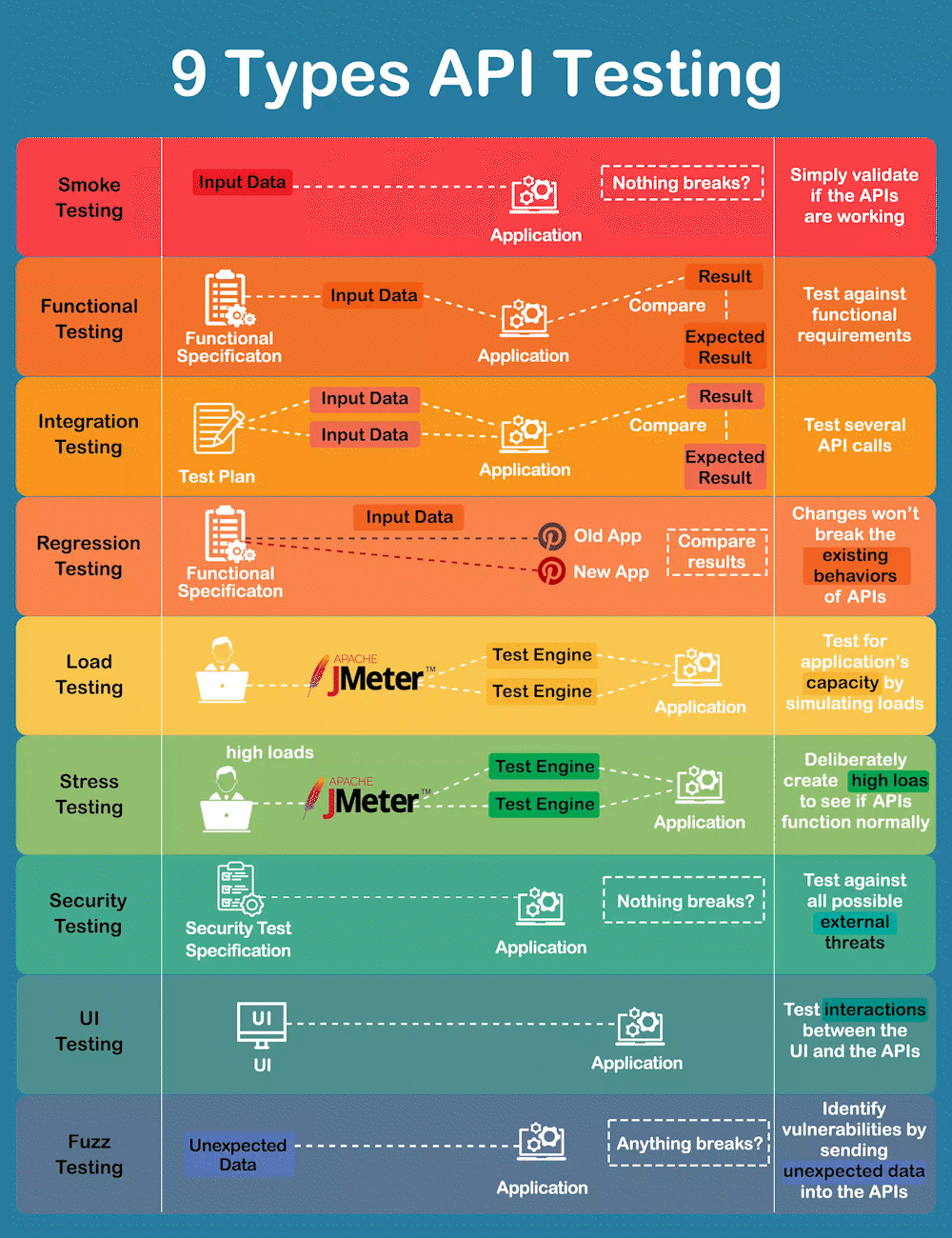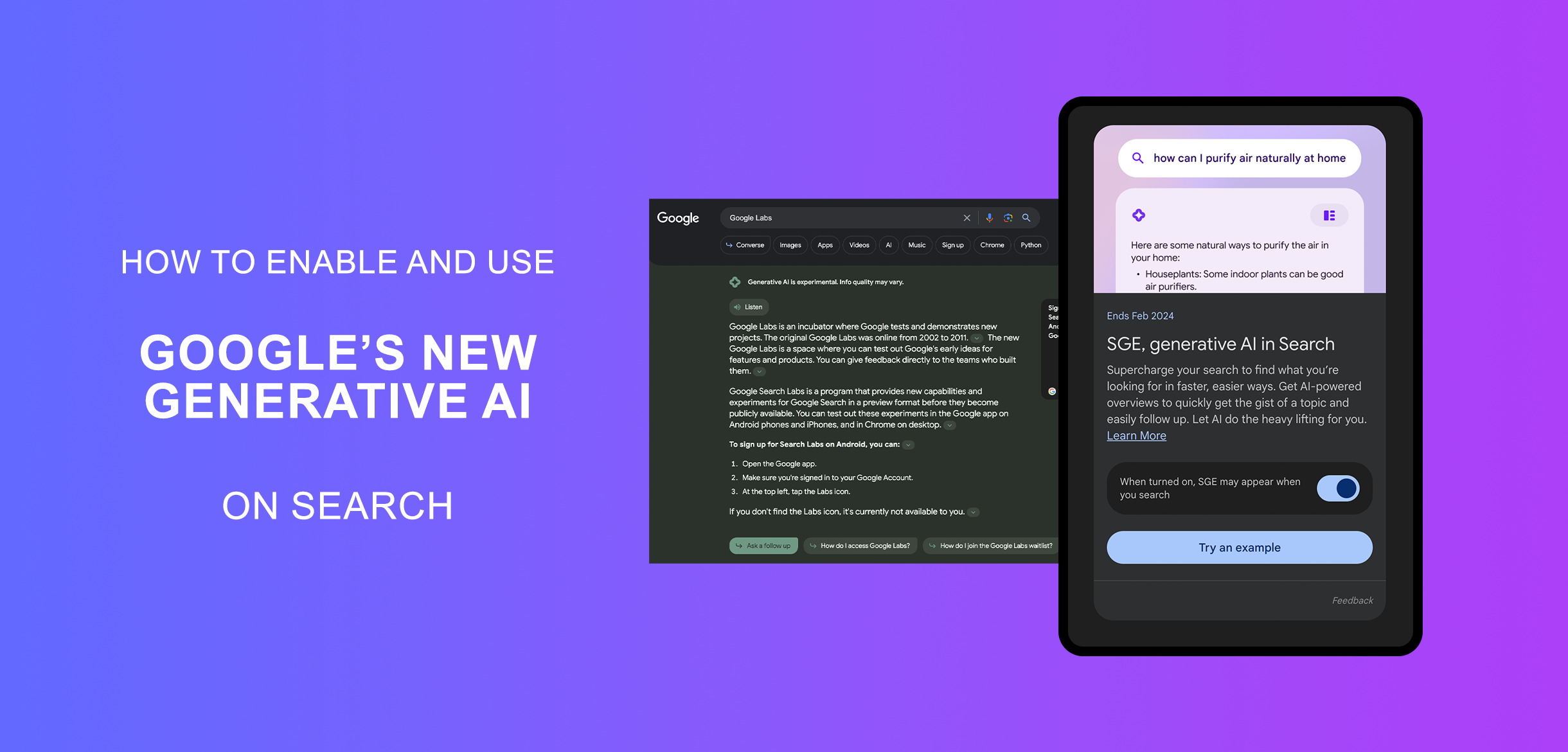API testing plays a pivotal role in ensuring the reliability, security, and performance of applications. APIs, or Application Programming Interfaces, are the backbone of modern software, enabling different applications to communicate and exchange data seamlessly. To guarantee that APIs function as intended, developers employ a variety of testing techniques. In this blog post, we'll explore nine essential types of API testing that every software professional should be acquainted with.
-
Smoke Testing:
Validates basic functionality post-API development to ensure no immediate issues.
-
Functional Testing:
Develop a test plan based on functional requirements to verify if the API performs as expected.
-
Integration Testing:
Combines multiple API calls to test end-to-end functionality and data transmission.
-
Regression Testing:
Ensures new features or bug fixes don’t disrupt existing API functionality.
-
Load Testing:
Simulates various loads to assess performance and capacity under different conditions.
-
Stress Testing:
Subjects APIs to high loads to evaluate functionality under extreme conditions.
-
Security Testing:
Safeguards APIs against external threats to identify vulnerabilities.
-
UI Testing:
Ensures seamless interactions between UI and APIs for proper data display.
-
Fuzz Testing:
Injects invalid data to identify potential vulnerabilities and system crashes.
When to Use API Testing
API testing serves critical roles in different scenarios during the software development process:
- During Updates and Modifications:
- Testing is vital when APIs undergo updates or changes to preserve existing functionality.
- Ensures that core features remain intact despite modifications in the API code.
- Integration with Third-Party Services:
- API testing is essential when APIs connect with third-party services.
- Validates proper data exchange, guaranteeing seamless communication with external platforms.
- Across Various Platforms:
- API testing confirms consistent behavior across diverse platforms like web browsers, mobile devices, and desktops.
- Provides uniform user experiences regardless of the device or operating system, enhancing user satisfaction.
- Under High Loads and Real-World Scenarios:
- API testing under high loads replicates real-world usage conditions.
- Identifies performance issues, ensuring the API remains responsive and reliable even during peak usage.




